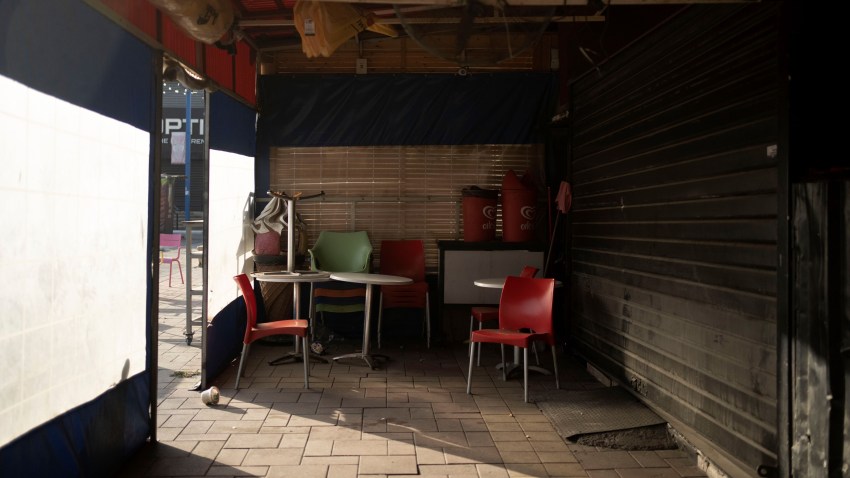Among the many differences between Israel’s current war against Hamas in Gaza and the other wars it has fought in the past few decades, one aspect has gone underexamined: its economic impact. Israel’s previous wars have had limited economic fallout, in part due to their brevity. By contrast, the current conflict against Hamas promises to be a more protracted campaign that will affect a more significant swathe of the Israeli population and disrupt supply chains to a much greater degree.
Fortunately, the Israeli economy entered the war in relatively good shape in terms of its resilience and strength. The economy has recorded high, albeit declining, annual rates of growth, averaging 3.9 percent since 2000. The International Monetary Fund forecast growth for 2023 at 3.1 percent, increasing to 3.6 percent by 2026. This sustained expansion gave Israel one of the highest per capita incomes in the Middle East, placing it roughly on a par with Spain and Italy.
In addition, Israel’s financial metrics were strong prior to the war, with a budget and current account surplus, and a falling debt-to-GDP ratio in 2022. Before the start of the war, the Bank of Israel had $200 billion of foreign exchange reserves, or the equivalent of a year’s worth of imports. In a June 2023 report, the IMF characterized Israel’s banking sector as “broadly robust” with little concern of any systemic risks emanating from the industry.

